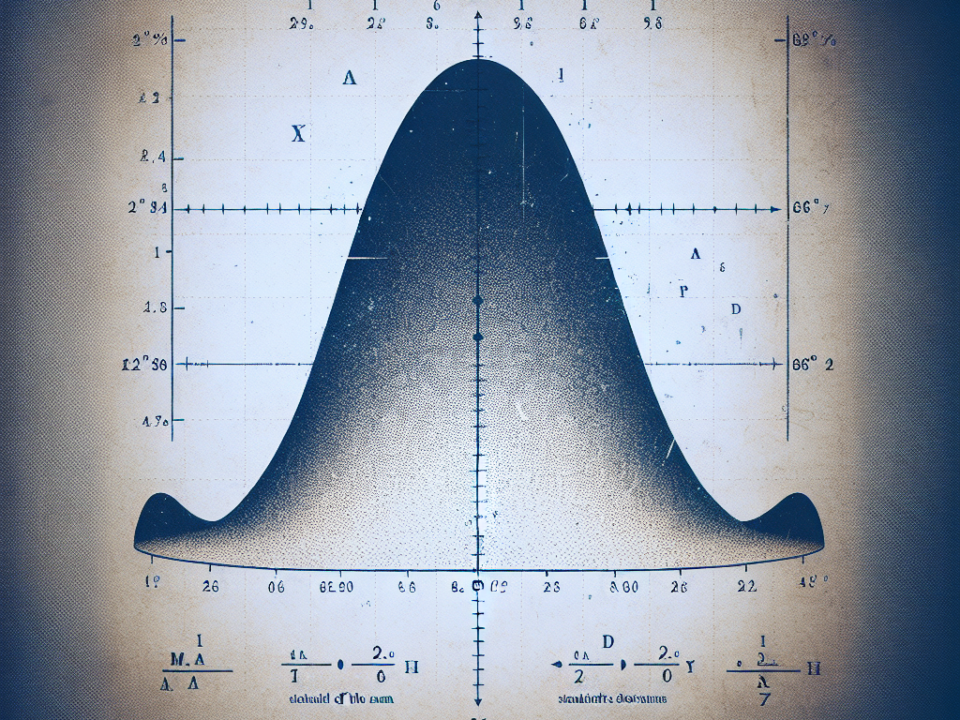[ad_1]
Survival analysis is a powerful statistical method that is widely used in medical research to analyze the time until an event of interest occurs. At StatisMed, we understand the importance of survival analysis techniques in providing valuable insights to medical doctors for making informed decisions. In this ultimate guide, we will delve into the various survival analysis techniques, their applications, and how they can be implemented in medical research.
Introduction to Survival Analysis
Survival analysis, also known as time-to-event analysis, is a branch of statistics that focuses on studying the time until an event of interest occurs. This event could be anything from the onset of a disease to the occurrence of a specific outcome in patients. Survival analysis takes into account the censored data, where not all individuals have experienced the event of interest by the end of the study period.
Types of Survival Analysis Techniques
-
Kaplan-Meier Estimator: The Kaplan-Meier estimator is a non-parametric method used to estimate the survival function from censored data. It is commonly used to analyze time-to-event data in medical research studies.
-
Cox Proportional-Hazards Model: The Cox Proportional-Hazards model is a popular semi-parametric method used to assess the relationship between survival time and predictor variables. It is widely used in medical research for analyzing data with censored observations.
-
Accelerated Failure Time Models: Accelerated Failure Time models provide a parametric approach to analyzing survival data by modeling the logarithm of survival time as a linear function of predictor variables. These models are useful for understanding the effect of covariates on survival time.
- Parametric Survival Models: Parametric survival models assume a specific distribution for the survival time data, such as Weibull, exponential, or log-logistic distributions. These models provide a more flexible framework for analyzing survival data.
Applications of Survival Analysis Techniques
-
Clinical Trials: Survival analysis techniques are commonly used in clinical trials to assess the efficacy of new treatments and interventions. By analyzing time-to-event data, researchers can evaluate the impact of treatments on patient outcomes.
-
Epidemiological Studies: Survival analysis is frequently used in epidemiological studies to analyze the risk factors associated with the onset of diseases and the survival time of patients. These studies provide valuable insights into disease progression and prognosis.
- Genetic Studies: Survival analysis techniques are also applied in genetic studies to analyze the time until the occurrence of specific genetic events. By incorporating genetic information into survival models, researchers can identify genetic markers associated with disease risk and survival outcomes.
Implementation of Survival Analysis Techniques
When implementing survival analysis techniques in medical research, it is essential to consider the following steps:
-
Data Preparation: Ensure that the dataset includes relevant variables such as survival time, censoring indicators, and covariates. Clean and prepare the data for analysis.
-
Model Selection: Choose the appropriate survival analysis technique based on the study objectives and assumptions. Consider the distribution of survival time data and the relationship between predictor variables and survival time.
-
Model Evaluation: Assess the goodness of fit of the survival model and validate the assumptions underlying the analysis. Use diagnostic tests to evaluate the reliability of the results.
- Interpretation of Results: Interpret the estimated survival function, hazard ratios, and other model parameters in the context of the research question. Communicate the findings clearly to medical doctors and stakeholders.
In conclusion, survival analysis techniques are invaluable tools in medical research for analyzing time-to-event data and understanding the factors influencing patient outcomes. At StatisMed, we offer statistical analysis services tailored to the needs of medical professionals. If you are looking for expert support in applying survival analysis techniques to your research, contact us to learn more about our services. Request a quote today and take the first step towards unlocking the insights hidden in your data.
[ad_2]







